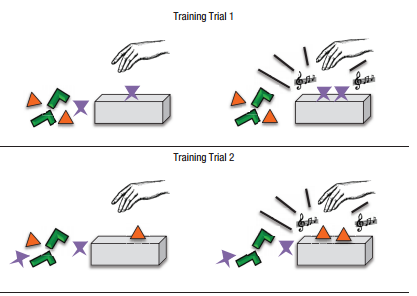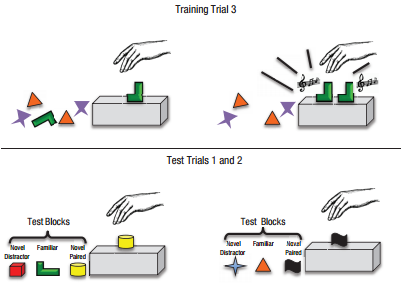"But both CCSS and standardized testing are trying to make teachers into KAPOs, a Nazi concentration camp prisoner who was given privileges if they would supervise work gangs."
Diane later noted that there was an "outpouring of rage on Twitter" against this post. She went on to say
"Several people said I should not have allowed it on the blog or words to that effect. I find this argument to be a form of political correctness that is used to censor opinion. If anyone wants to use an analogy to make a point, that is their choice."
Diane has continued to defend the posting on Twitter today, Dec. 27. I think this defense is off target in three ways.
First, I would not call this a case of political correctness. Diane has not said that the analogy is not offensive, but she has suggested that objecting to it is tantamount to political correctness. This will always be a judgment call, but I am on the other side of the fence on this one. There are certain events that are so important, so sensitive to the people in whose culture it is enmeshed that I find it unfeeling and insensitive to draw on that event for ones own purposes. That is especially true when the comparison minimizes the trauma and suffering associated with the event. Test-takers are not comparable to Holocaust victims, nor are students asked to perform public service comparable to slaves. This is a far cry from the hypersensitivity documented in The Language Police in which, for example, an elderly person could never be depicted as doing something stereotypically associated with the elderly.
Second, I disagree with Diane's characterization of people's objections. If you agree that some speech is ill-considered and offensive, telling people that is not censoring their opinion. It's just not the same thing. It's telling them you think their analogy is ill-considered and objectionable, and you are asking them to rethink. You're not forbidding them from saying it, obviously.
Third, more specific to Diane, if she had asked the author to change the analogy or had refused to post the piece because of the analogy, I would not call that censorship. The author does not have a guaranteed right to post what she likes in Diane's blog, a right that Diane would have been infringing. Diane was a offering a platform for this author's voice, and obviously she offers that platform to voices she thinks are worth amplifying. This situation is not comparable to that documented in The Language Police, in which enormous power was concentrated in the hands of few publishers. If an author wanted to publish a textbook they had to toe the line drawn by the publishers or give up on publishing the book. That power relationship does not exist in this case. This is the internet, for crying out loud.
Diane, I respectfully ask that you rethink your position on this matter. I don't think it was a good call and I don't think your defense of it holds up.
EDIT: 1:28 p.m EST. I referred The Language Police as Left Back.


 RSS Feed
RSS Feed